Our struggle for freedom is not done yet
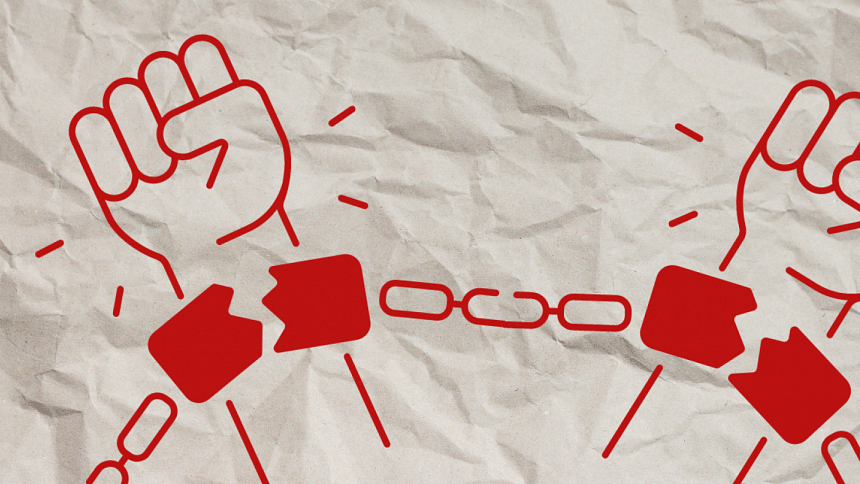
In one of her lectures, Angela Davis – an American Black feminist scholar and political activist – cited a freedom song that got popular in the Southern part of the United States during the twentieth-century freedom movement: "They say that freedom is a constant struggle". The song further states: "We've struggled so long/we've cried so long/we've sorrowed so long/we've moaned so long/we've died so long/we must be free, we must be free."
The song is relevant to the context of Bangladesh as well. The country suffered through 200 years of British colonialism and 24 years of Pakistani colonialism. After all these sufferings, have we achieved freedom – an egalitarian one ensuring equity and justice for everyone in the country?
March 26t, 2023 celebrated the 52nd anniversary of Bangladesh's declaration of independence from Pakistan in 1971. Celebrating March 26 involves memorialising and honouring the resistance of Bangladeshis against the oppressive Pakistani regime.
Angela Davis talks about how we celebrate historical observances to enact historical closures. The celebrations represent a high point on a road as if the road takes us to achieve our democratic dreams – something that can serve as an eternal model for future generations. Davis also points out that every freedom struggle is unfinished. So, there should be no high points, no eternal models in freedom struggles. It is a much more liberatory approach to focus on and learn from the spirit of freedom struggles and use that lesson to continue to fight for emerging struggles for freedom.
So how is Davis' articulation useful in thinking about the way we are responding to a recently published photo and report in a renowned Bangladeshi daily on the eve of March 26? The photo featured a young boy holding a rose and looking at the National Martyrs' Monument through the locked iron gate. The title of the report originally read: "Pete bhaat na jutle shadhinota diya ki korum? Bajare gele gham chhute jay. Amago machh, mangsho ar chailer shadhinota lagbo" ("What can we do with our freedom if we are going hungry? Visiting the kitchen markets is stress-inducing. We want the freedom of being able to afford fish, meat, and rice.") The report gained a number of responses nationwide, and also gave way to debates. The newspaper eventually removed the photo from the online version of the report, changed the heading, and added a note of correction.
Some news coverages and social media posts heavily focused on how the report was factually incorrect in terms of names or statements. Some compared the photo to the manufactured photo of Bashonti wearing a fishnet published in a newspaper during the famine in 1974. Some tried to establish that working-class people in this country are doing much better than they did right after independence. Some raised concerns that publishing news reports like this on the Independence Day of Bangladesh is disrespectful. Some criticisms came from clear lines of party politics, using the photo/heading to claim it was propaganda against the Liberation War and the current government.
I am here not to refute any of these stances but to ask readers to think deeply about why people got so uncomfortable seeing such a photo/heading like this.
Neocolonialism is real. The end of Pakistani colonial rule in 1971 did not end the legacy of coloniality in Bangladesh. The country suffered from the imposition of structural adjustment policies, a series of military coups, natural disasters and lack of appropriate disaster management, political instability and lack of meaningful democratic practices, shrinking social security for working class people, mass privatisation of public goods and services, destruction of forests, rivers, and natural resources, and settler colonial takeover of indigenous lands.
Yes, Bangladesh used to be one of the economically poorest countries in 1971, and now it is about to graduate from the UN's Least Developed Countries (LDC) list. Yes, the country has grown from a GDP of $8.7 billion in 1971 to having a $416.3 billion economy. Yes, the country is doing a lot better in terms of some of the Human Development Index indicators than the likes of India, Nepal, and Pakistan. However, it seems like most of the benefits of these achievements have bubbled up, not trickled down.
The Gini coefficient – a measurement of income, wealth, and consumption inequality – rose to 0.482 in 2016 from 0.456 in 2010 for Bangladesh, indicating the rising disparity between the rich and the poor. Almost 24.3 percent of the total population of Bangladesh cannot meet the basic necessities of life, whereas 27.8 percent of income is held by the wealthiest five percent of the country. The Covid-19 pandemic and the Russia-Ukraine war both took a massive toll on the living standards of the working class and middle-income people. The neoliberal development model is maximising profits and benefits for elite people and institutions while destroying our rivers, forests, and natural resources. We have dazzling cities with the world's most popular and luxurious brand stores, alongside increasing numbers of slums and life-threatening rates of environmental pollution. The country's economy is booming thanks to the RMG industry, which contributed an export figure of $35.57 billion in 2021, while the remittances sent by migrant workers pumped $15 billion into the national economy in 2018. However, both garment workers and migrant workers still struggle with deplorable working conditions and a lack of livelihood security.
According to Department of Livestock Services data, Bangladesh produced 7.51 million tons of meat during 2018-19, whereas the annual demand was about 7.3 million tons. The country ranks third globally in producing freshwater fish. While we have experienced steady growth in producing meat and fish, the prices of these animal products remain unaffordable for the country's working class population. Who, then, is consuming all this meat and fish?
In a recent article, researcher and rights activist Maha Mirza aptly pointed out that the mass production of meat and fish did not translate into increased protein consumption for working class Bangladeshis. To address the increased consumption of meat by the upper classes, as well as the soaring demand for meat from the expanding fast food and restaurant industry, the land that was traditionally used for growing crops (for human consumption) is now being used to produce food for livestock. As a result, agricultural land is shrinking, thus exacerbating local food production shortage. People who are overconsuming meat and other food items while performing little to no physical labour are experiencing obesity and other health complications, whereas working class people keep suffering from protein deficiencies as they can't afford to consume fish or meat.
The dream of achieving a just, equal, and egalitarian Bangladesh motivated millions of people to take part in the freedom struggle in 1971. However, the benefits of freedom have been enjoyed mostly by elite and powerful people. Our struggle for freedom is not done yet. There are so many fights yet to be won for the emancipation of working class people, women, indigenous communities, religious and ethnic minorities, people with disabilities, elderly people, and many other marginalised and minority groups. Freedom is a constant struggle.
Nafisa Tanjeem is an associate professor in the Department of Interdisciplinary Studies at Worcester State University in the United States.

 For all latest news, follow The Daily Star's Google News channel.
For all latest news, follow The Daily Star's Google News channel. 






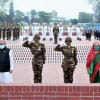
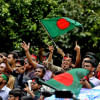
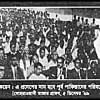
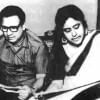

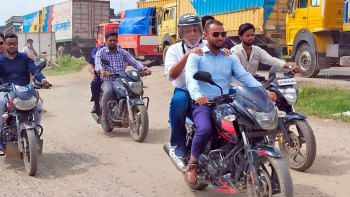
Comments